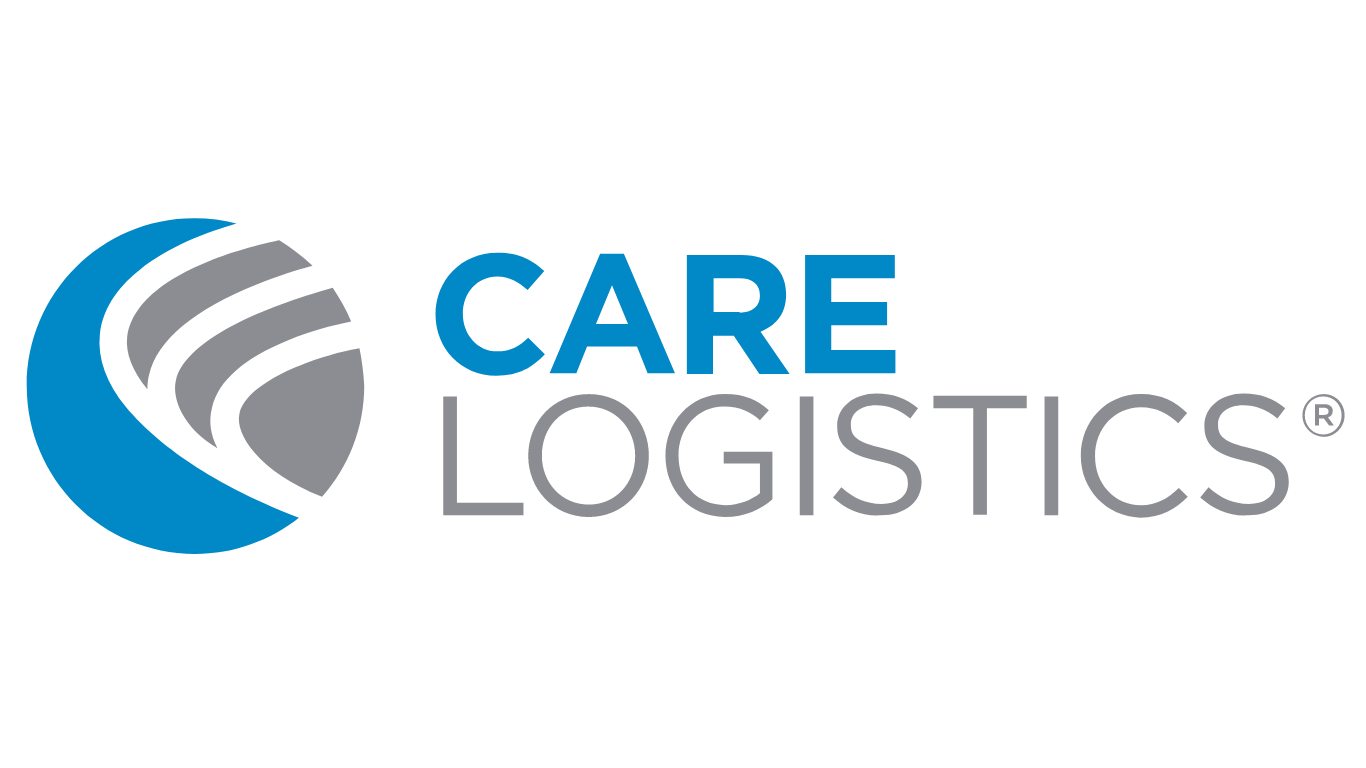What are the Top Barriers to Patient Progression?
If you’re struggling with patient flow, barriers to patient progression could be the culprit.
By Barbara Anzilotti, MSN
It only takes one patient progression barrier to interrupt flow across your entire hospital. Whether it be delayed testing results, pending consultations, or pre-certification to lower levels of care, your patients likely experience barriers in multiple areas. But how do you resolve these barriers before they impact timely patient progression? The first step in the process is making sure all these barriers are identified.
Above, you can see some of the most commonly reported categories of patient progression barriers. Do you know what the main barrier categories are in your organization?
Let’s take a deeper look. How do these barriers impact the progression of patients? Below we can see the average amount of time per patient that each category of barrier delays patient progression. You can also see examples of some of the most common barriers in each category.
Now you understand the impact of the most common barriers. So, how do you resolve them before they impact timely patient progression?
There will always be barriers to patient care that are unpredictable or unavoidable, but there are steps your organization can take to minimize the risk of delayed patient care and discharge.
Adhere to patient progression plans
Improve communication in hand-offs and huddles
Maximize information visibility on the unit
Utilize a mechanism to assist with barriers that can’t be resolved on the unit
Empower care teams with the right patient progression tools
Are progression barriers delaying patient flow in your organization? If so, it’s time to start making patient progression a key part of your patient flow and throughput strategy.







